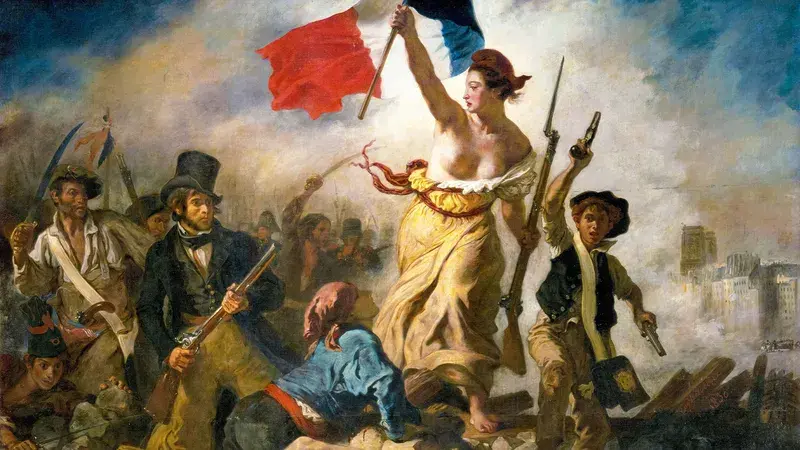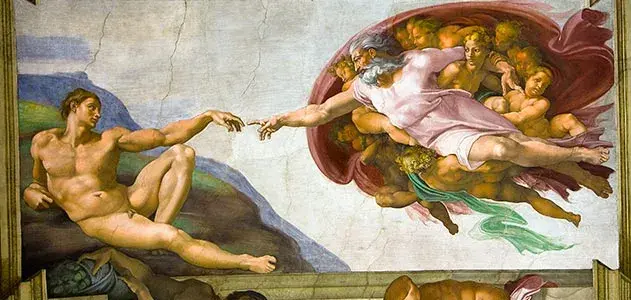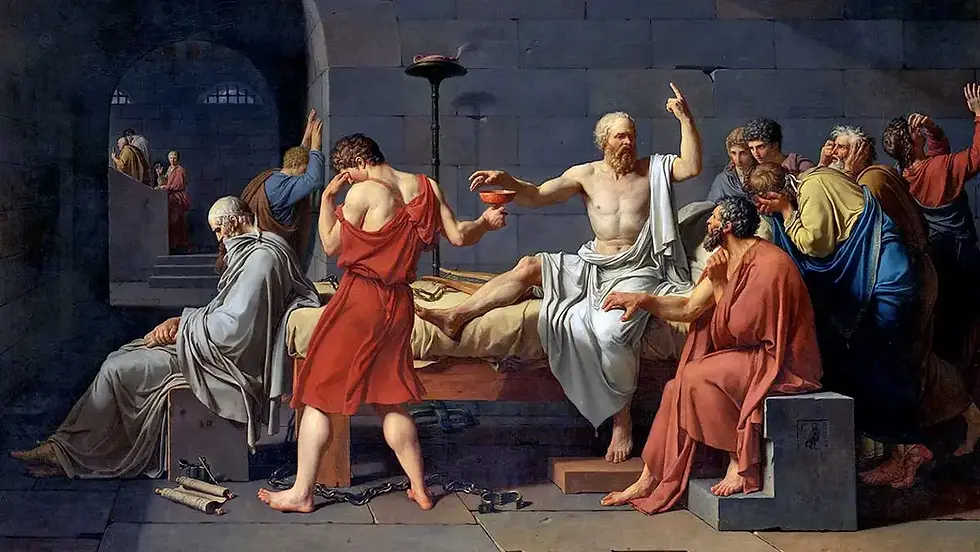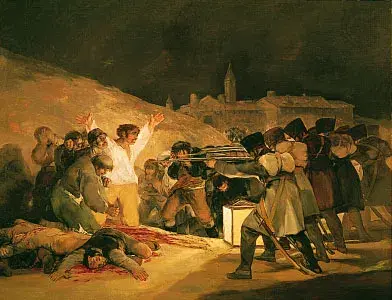Art That Influenced The World Leaders
- Vibhor Gupta
- Jun 24, 2021
- 3 min read
Updated: Jun 13, 2024
Art has always had a profound impact on society, shaping cultural, political, and social narratives. Some artworks have not only inspired the general public but have also significantly influenced world leaders, guiding their actions, shaping their philosophies, and inspiring their visions. Here are some notable examples of artworks that have left an indelible mark on prominent leaders throughout history.
1. Pablo Picasso's "Guernica" and Nelson Mandela
Pablo Picasso's "Guernica," painted in response to the bombing of the Basque town during the Spanish Civil War, is one of the most powerful anti-war statements in art history. Its stark, monochromatic palette and chaotic composition convey the horrors of war and the suffering of innocent civilians.
Nelson Mandela, the anti-apartheid revolutionary and former President of South Africa, was deeply moved by "Guernica." The painting's powerful message against tyranny and oppression resonated with Mandela's struggle against apartheid. Mandela viewed "Guernica" as a symbol of resistance and resilience, inspiring his fight for freedom and justice. This artwork reinforced his belief in the power of art to mobilize people against injustice and to promote peace and reconciliation.

2. Eugène Delacroix's "Liberty Leading the People" and Victor Hugo
Eugène Delacroix's "Liberty Leading the People" is a romantic depiction of the July Revolution of 1830 in France. The painting shows Liberty, personified as a woman leading a diverse group of people forward, symbolizing the fight for freedom and democracy.
Victor Hugo, the renowned French writer, was greatly inspired by Delacroix's masterpiece. The painting influenced Hugo's writing, particularly his novel "Les Misérables," which depicts the struggles and triumphs of the French people. Hugo's portrayal of the barricades and the spirit of revolution in his novel reflects the themes of liberty and justice captured in Delacroix's painting. The artwork's powerful imagery reinforced Hugo's belief in the importance of social justice and the power of the people to effect change.

3. Michelangelo's Sistine Chapel and John F. Kennedy
The Sistine Chapel, with its breathtaking ceiling painted by Michelangelo, is one of the greatest achievements in Western art. The intricate frescoes, particularly "The Creation of Adam," have inspired countless individuals with their depiction of divine creation and human potential.
President John F. Kennedy was profoundly influenced by Michelangelo's work. During a visit to the Vatican in 1963, Kennedy was struck by the beauty and grandeur of the Sistine Chapel. This experience reinforced his belief in the importance of cultural diplomacy and the power of art to transcend political and cultural boundaries. Kennedy's admiration for Michelangelo's masterpiece was evident in his efforts to promote the arts and humanities during his presidency, emphasizing the role of culture in fostering international understanding and cooperation.

4. Jacques-Louis David's "The Death of Socrates" and Thomas Jefferson
Jacques-Louis David's "The Death of Socrates" depicts the philosopher Socrates willingly drinking hemlock after being sentenced to death for his teachings. The painting captures Socrates' calm demeanor and unwavering commitment to his principles, even in the face of death.
Thomas Jefferson, one of the Founding Fathers of the United States, was deeply influenced by the ideals of the Enlightenment, which are embodied in David's painting. Jefferson admired Socrates' dedication to truth and reason, and "The Death of Socrates" resonated with his own commitment to these values. The painting reinforced Jefferson's belief in the importance of intellectual freedom and the pursuit of knowledge, principles that were foundational to the American Revolution and the formation of the United States.

5. Francisco Goya's "The Third of May 1808" and Winston Churchill
Francisco Goya's "The Third of May 1808" is a haunting depiction of the execution of Spanish civilians by Napoleonic troops. The painting's raw emotion and brutal realism convey the atrocities of war and the suffering of innocent people.
Winston Churchill, the British Prime Minister during World War II, was deeply moved by Goya's powerful portrayal of human suffering. Churchill, an amateur painter himself, understood the impact of visual art in conveying the horrors of war. Goya's work reinforced Churchill's resolve to fight against tyranny and oppression, inspiring his leadership during one of the darkest periods in modern history. The painting's message of resistance and the importance of standing up against injustice resonated with Churchill's own wartime speeches and actions.

Synopsis
Art has the power to transcend time and place, influencing individuals and shaping the course of history. The artworks that inspired world leaders like Nelson Mandela, Victor Hugo, John F. Kennedy, Thomas Jefferson, and Winston Churchill demonstrate the profound impact that visual art can have on shaping ideals, guiding actions, and inspiring change. These masterpieces not only capture moments of human struggle and triumph but also serve as enduring symbols of the values and principles that drive progress and transformation in society.



Comments